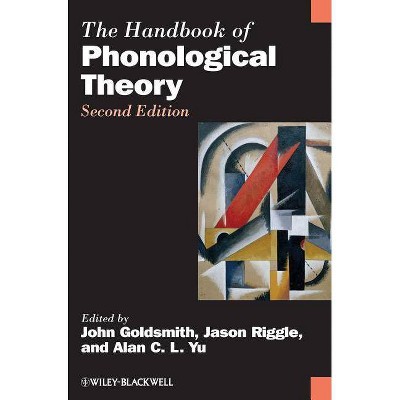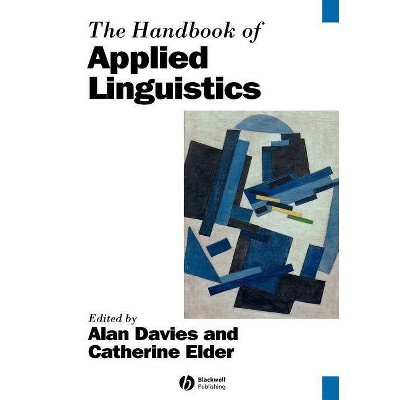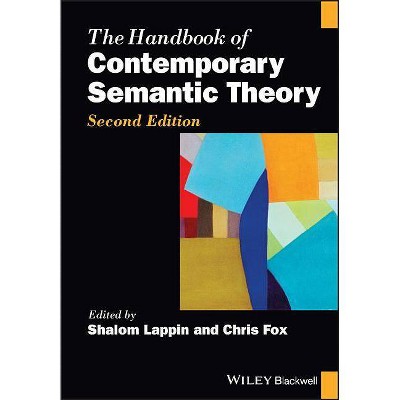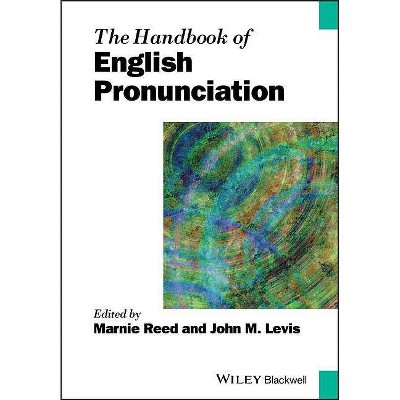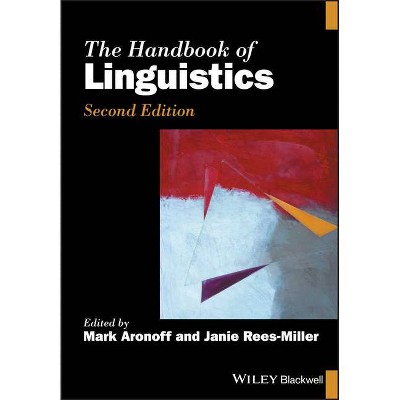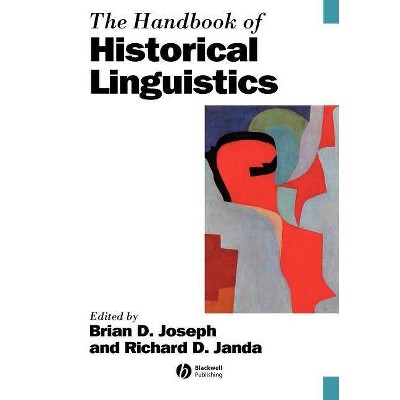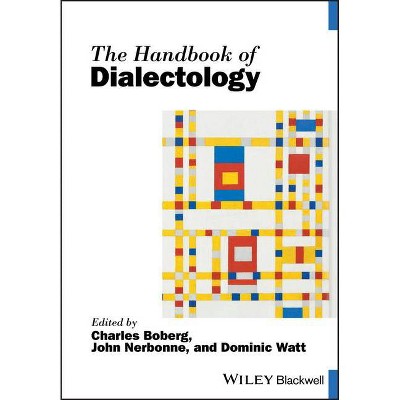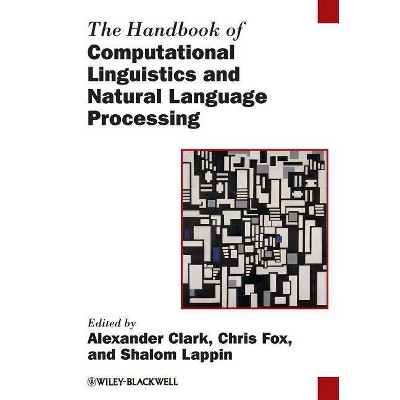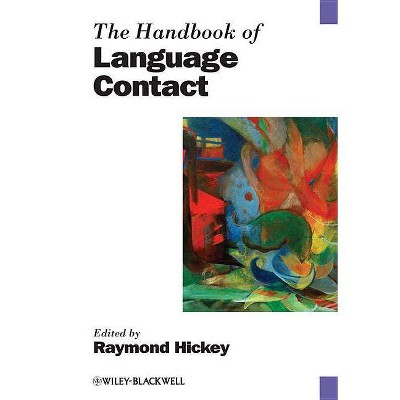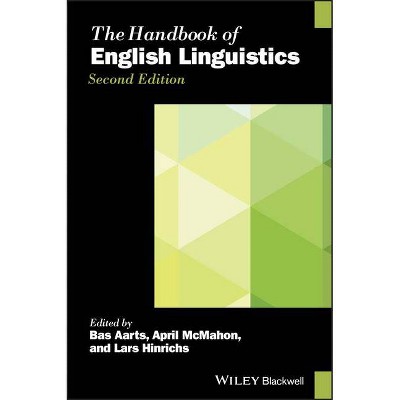The Handbook of Phonological Theory - (Blackwell Handbooks in Linguistics) 2nd Edition by John A Goldsmith & Jason Riggle & Alan C L Yu (Paperback)
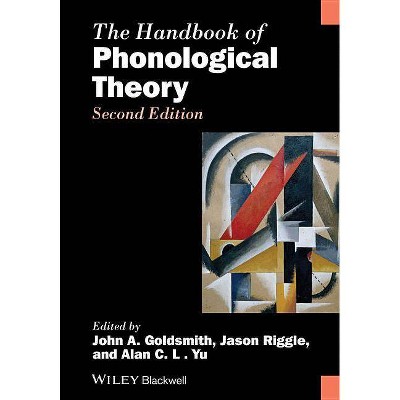
Similar Products
Products of same category from the store
AllProduct info
<p/><br></br><p><b> Book Synopsis </b></p></br></br><p><i>The Handbook of Phonological Theory, second edition</i> offers an innovative and detailed examination of recent developments in phonology, and the implications of these within linguistic theory and related disciplines.</p> <ul> <li>Revised from the ground-up for the second edition, the book is comprised almost entirely of newly-written and previously unpublished chapters</li> <li>Addresses the important questions in the field including learnability, phonological interfaces, tone, and variation, and assesses the findings and accomplishments in these domains</li> <li>Brings together a renowned and international contributor team</li> <li>Offers new and unique reflections on the advances in phonological theory since publication of the first edition in 1995</li> <li>Along with the first edition, still in publication, it forms the most complete and current overview of the subject in print</li> </ul><p/><br></br><p><b> From the Back Cover </b></p></br></br><p>"This new edition of <i>The Handbook of Phonological Theory</i> is remarkably complete in its scope and coverage of phonological insights and issues. It provides the linguistic community with an indispensable research tool for years to come, and a rich source of information for new generations of linguists."<br /> <i>Geert Booij, Professor of Linguistics, University of Leiden, The Netherlands<br /> </i><br /> "This is a timely volume. A wonderful collection of papers provides the most up-to-date view of phonological research, reflecting recent extension into studies on phonetics, variation and computation."<br /> <i>Jongho Jun, Seoul National University<br /> <br /> </i>"What is particularly unique and valuable about this volume is not just the combination of the retrospective approach with the array of topics covered but also the strong empirical grounding found in most chapters."<br /> <i>Diana Archangeli, University of Arizona</i></p> <p><i> </i></p> <p>The <i>Handbook of Phonological Theory</i> offers a unique and detailed examination of phonology and the transformations that have taken place in the fifteen years since the publication of the first edition. Comprised almost entirely of brand-new pieces from contributors new to this edition, this <i>Handbook</i> consciously builds upon its first edition (which remains available in paperback), using it as a foundation to explore the current shape of the field and the questions that drive ongoing research.</p> <p>Written by an international team of leading phonologists, each of the 28 chapters investigates and assesses key issues in the field, including learnability, phonological interfaces, tone, and variation. The result is a thorough and cutting-edge account of a field that has important implications for linguistic theory as well as related disciplines, such as speech sciences and clinical linguistics.</p><p/><br></br><p><b> About the Author </b></p></br></br><p><b>John A. Goldsmith</b> is Edward Carson Waller Distinguished Service Professor of Linguistics and Computer Science at the University of Chicago. He is author of <i>Autosegmental and Metrical Phonology</i> (Basil Blackwell, 1990)<i>.</i></p> <p><b>Jason Riggle </b>is Assistant Professor of Linguistics and Director of the Chicago Language Modeling Lab at the University of Chicago. He has published in <i>Natural Language and Linguistic Theory, Research on Language and Computation, Linguistic Inquiry </i>and <i>Computational Linguistics</i><i>.</i></p> <p><b>Alan C. L. Yu</b> is Associate Professor of Linguistics and Director of the Phonology Laboratory at the University of Chicago. He is the author of <i>A Natural History of Infixation</i> (2007) and has published in <i>Language</i>, <i>Phonology</i>, and the <i>Journal of Phonetics</i>.</p>
Price History
Price Archive shows prices from various stores, lets you see history and find the cheapest. There is no actual sale on the website. For all support, inquiry and suggestion messagescommunication@pricearchive.us
